As we celebrate National Handloom Day, it’s essential to reflect on the rich legacy of Indian textiles and the enduring importance of handloom in our lives. Indian handlooms, with their intricate designs and centuries-old techniques, are more than just fabrics—they’re living embodiments of our cultural heritage. Today, as we honour this legacy, it’s also crucial to recognise the challenges facing the industry and the efforts required to keep this art alive. We’re in conversation with fashion and textile designer, Vidya Lakshmi who focuses on promoting awareness about traditional crafts through the world of social media.
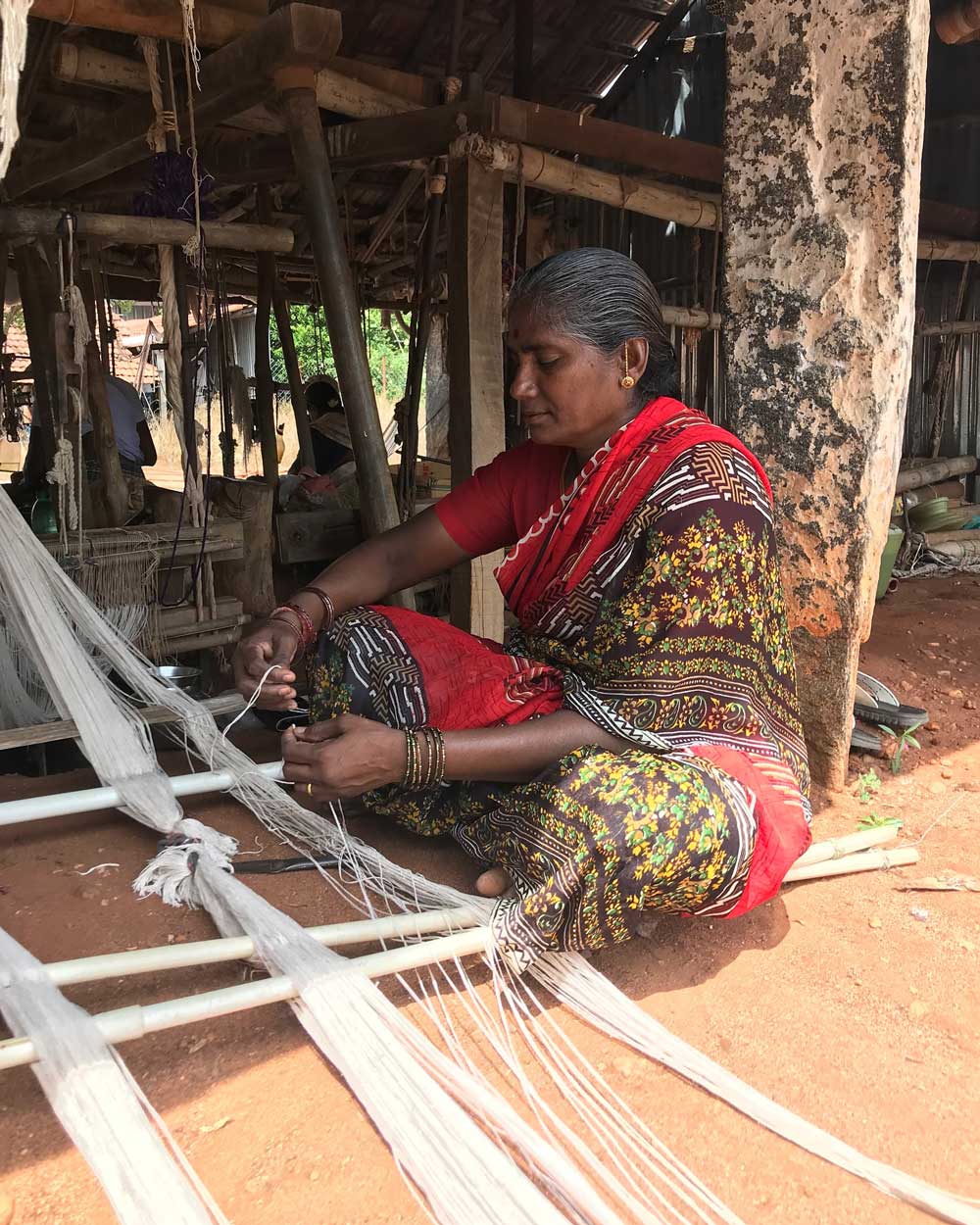
Image Source: Instagram/vid.ya_lakshmi
Indian Textiles: An Experience
‘Coming from a weavers' community, I am deeply inclined towards the art of weaving,’ she says. Lakshmi’s connection to this craft is not just professional but personal, stemming from her roots and early experiences. ‘My first cluster visit to Gujarat at age 16 sparked my fascination and inspired me to delve deeper into traditional textiles and handicrafts,’ she adds. This experience ignited her fascination with traditional textiles, leading her to travel across India to document and understand the diverse processes of various textile clusters.
Be it Maharashtra’s celebrated Paithani craft, Bhavani Jamakkalam of Tamil Nadu, or Patan Patola in Gujarat, Lakshmi has familiarised herself and her audience with many crafts close to Indian roots. Through her experiences, she remains most mesmerised by Kanjeevaram. ‘I love Kanjeevaram cluster for its rich cultural heritage and the incredible skill of the artisans. Having designed and worked in the Kanjeevaram cluster for over seven years, I’m continually fascinated by the array of varieties, from checks, stripes, brocade, butties and temple border, etc all found within a single cluster— something rarely seen in other clusters,’ she says.
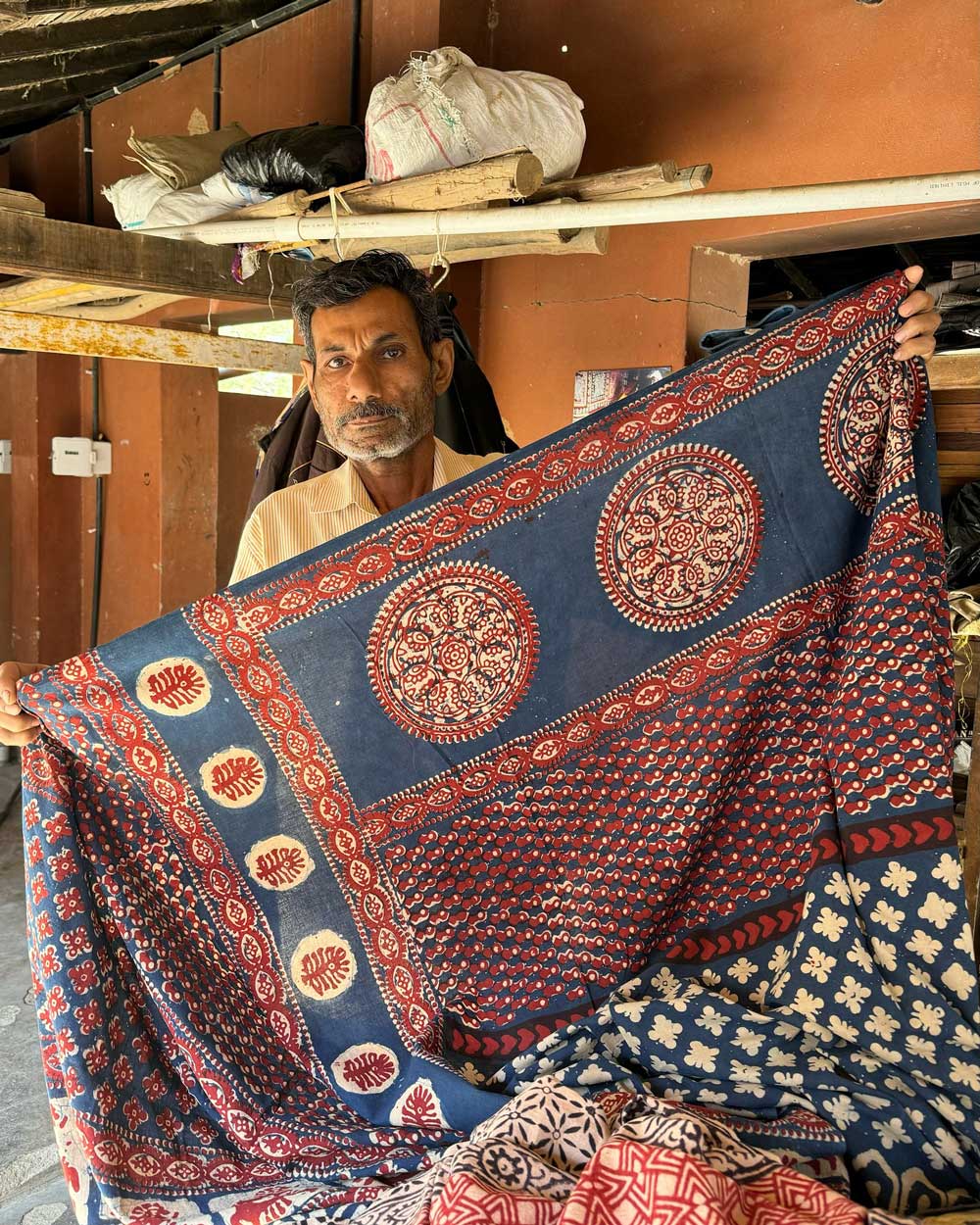
Image Source: Instagram/vid.ya_lakshmi
Is The Indian Artisan Becoming Older?
Even so, she goes on to highlight a significant issue: skill and knowledge loss within the handloom industry. ‘Many artisans' children choose not to follow in their parents' footsteps, as other professions offer better wages,’ she explains. With most artisans being over 40 or 50, the industry faces a critical gap in succession. Given the limited opportunity in income involved in most crafts, the youth are more often attracted to avenues with better income.

Image Source: Instagram/vid.ya_lakshmi
While added income opportunities can make age-old crafts a more feasible career option, the Indian craft today needs support in terms of on-ground awareness and training. ‘It is crucial to document the craft and train more young people to ensure the preservation and transmission of these skills. Improving working conditions and wages is essential to effect meaningful change,’ Lakshmi says.
Climate Change and Craft
The handloom industry is also heavily influenced by environmental factors. Weather conditions play a crucial role in the lives of artisans, affecting their work and, consequently, their livelihood. Lakshmi describes how extreme heat can make it impossible for artisans to work. ‘During peak summers, extreme heat makes it difficult for artisans to work in the afternoons as their workspaces lack proper ventilation, and they rely on small table fans instead of ceiling fans to prevent yarns from flying and disrupting the weaving process,’ she explains, adding how excessive sweating can also stain some saris in the making. She notes that processes like street warping, which takes about two hours, are done early in the morning to avoid harsh weather conditions later in the day, which can cause the starch to dry up too quickly.
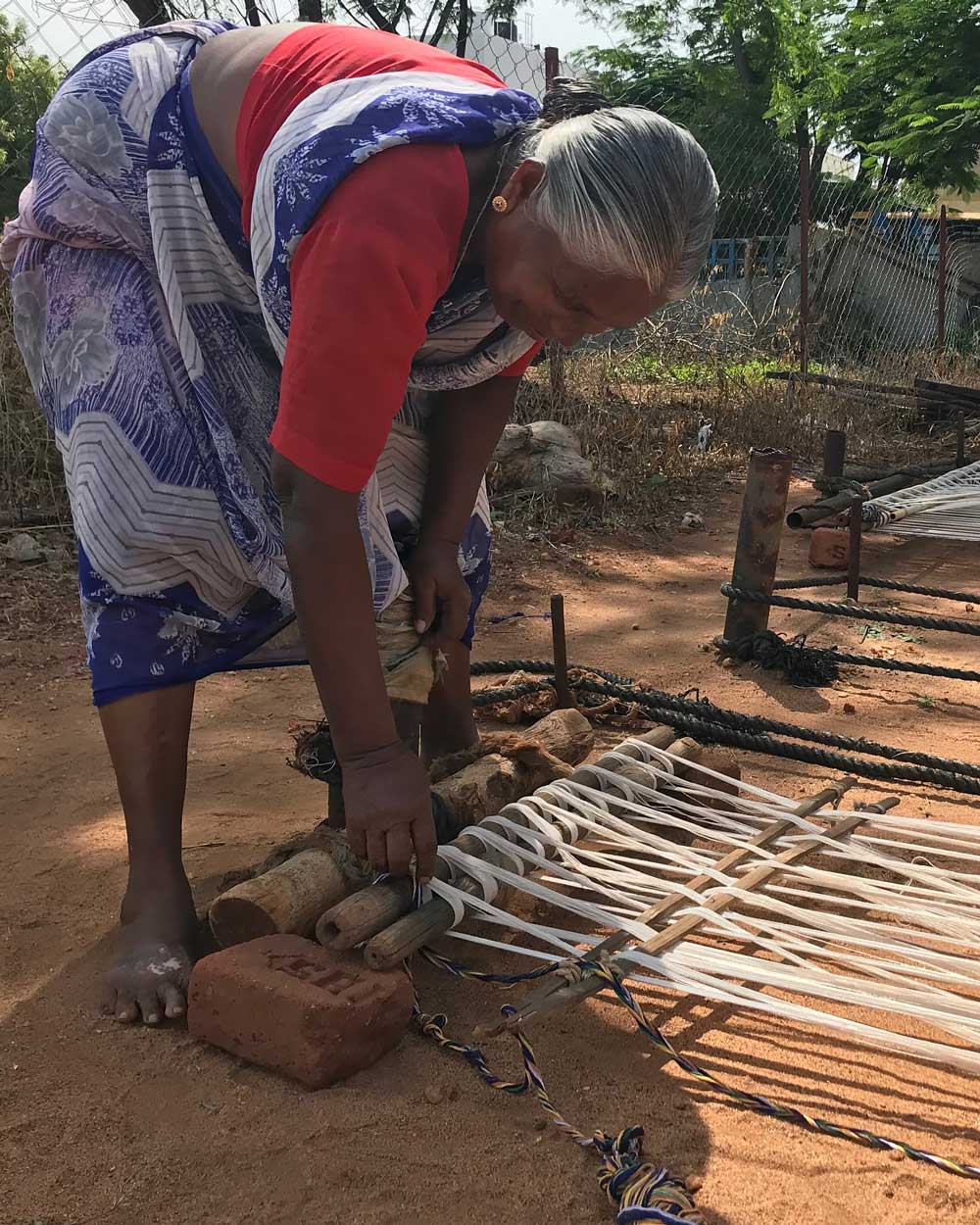
Image Source: Instagram/vid.ya_lakshmi
According to a NASA analysis of global daily temperature data, July 22, 2024, was the hottest day on record. India saw the longest heatwave recorded in the country’s history as per reports and India's Meteorological Department (IMD). The period from March to June saw many northern states gripped with extremely high temperatures that disrupted not just daily human life but also the lives of many different species that are a part of India’s ecological fabric.
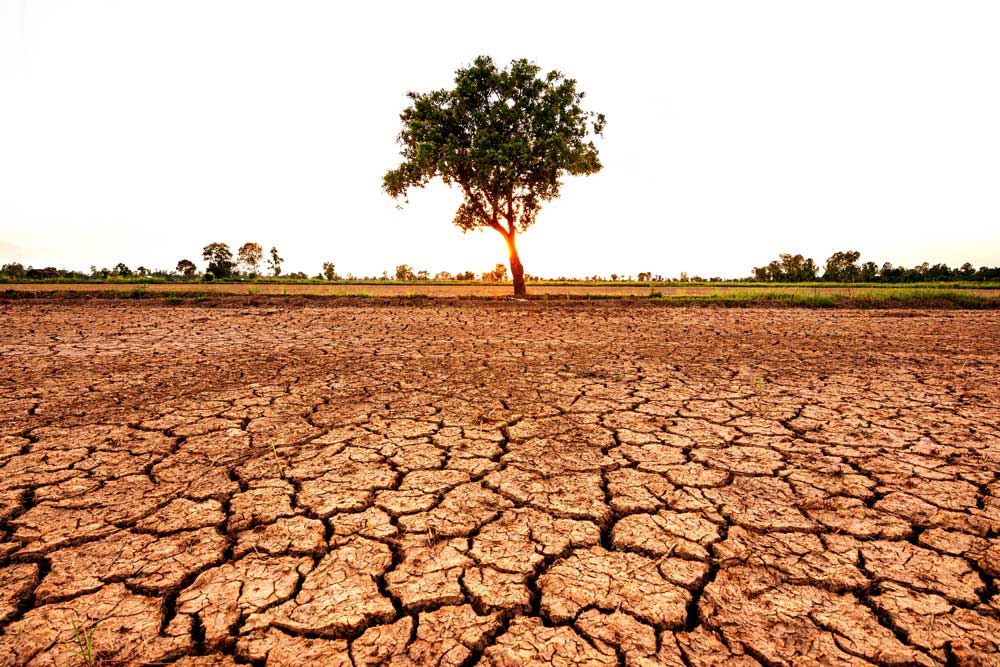
Image used for representational purposes only.
But it’s not just heat and summer’s soaring temperatures that affect craft processes. ‘During heavy rainfall, pit looms can become flooded, preventing weaving until the water is absorbed. Additionally, the bamboo reed swells due to moisture, affecting the warp yarns and the quality of the weave,’ the textile designer adds. Very recently, landslides and heavy floods gripped India’s southern state of Kerala, claiming hundreds of lives.
Indian Crafts: Forever Innovating
Vidya also speaks to the role of innovation in preserving traditional crafts. While recreating old sarees and textiles is a vital part of reviving these crafts, there is also immense potential for creativity and new designs. ‘Traditional weaving techniques often fuel my creativity and design,’ she shares. This blend of preservation and innovation is key to keeping the craft alive for future generations.
The Gender Role
India's handicraft industry is supported by nearly 7 million artisans skilled in various techniques and traditional crafts. According to the latest Indian handicrafts census, women make up 56.13 per cent of this workforce, totalling 38.61 lakh female artisans. While the number makes up more than half of artisans involved in Indian crafts, the work-life balance remains a topic of conversation. Vidya believes that encouraging and normalising the equal sharing of household responsibilities and implementing policies that support work-life balance, such as flexible working hours and affordable childcare are essential steps. ‘These measures can motivate more women artisans to join the workforce and help create a more equitable society where the burden of housework is shared and cultural norms around women’s work are redefined,’ she adds.
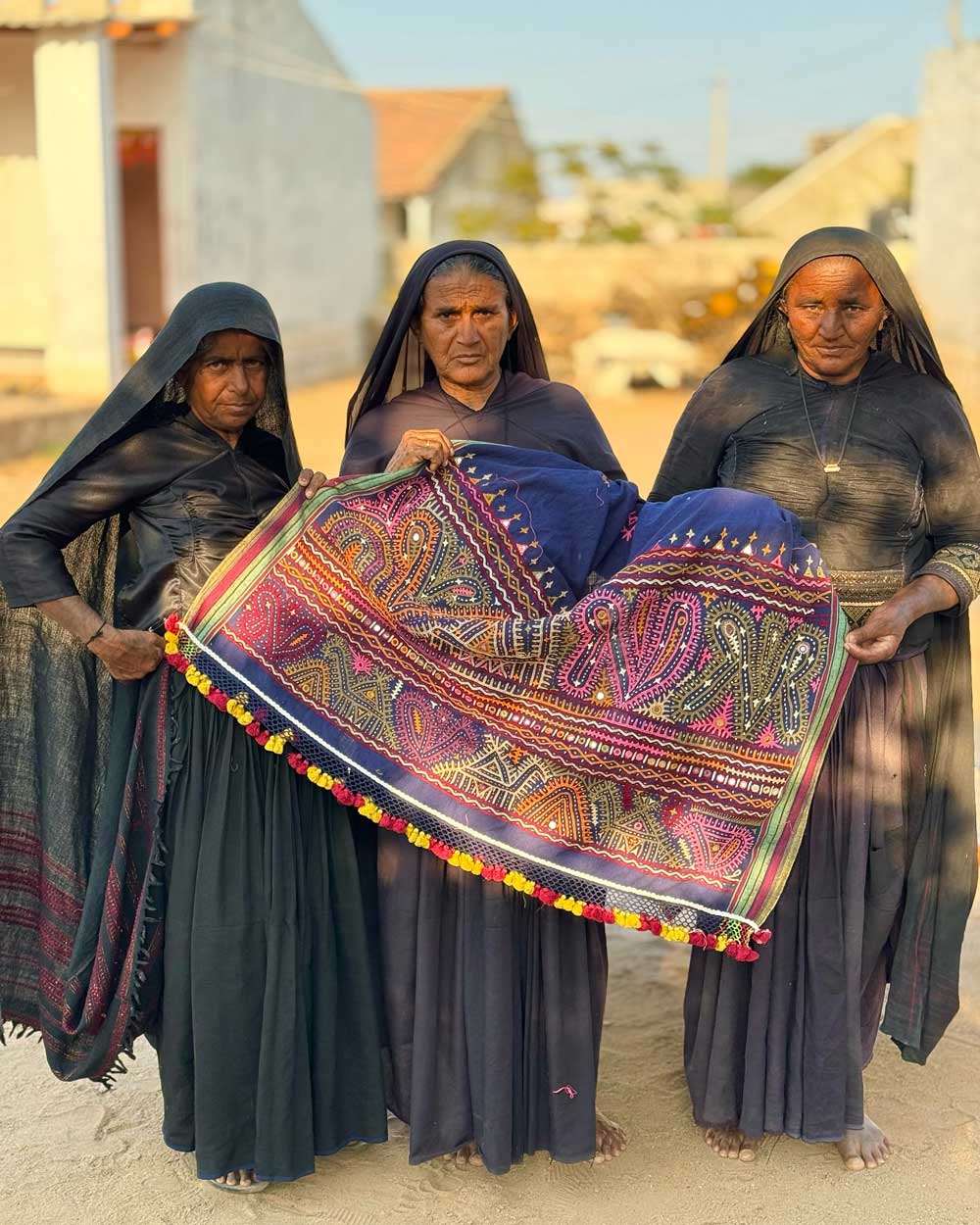
Image Source: Instagram/vid.ya_lakshmi
In a world where fast fashion often overshadows traditional craftsmanship, National Handloom Day serves as a reminder of the value of our textile heritage. As Vidya Lakshmi’s experiences show, the handloom industry is not just about preserving the past; it’s about weaving a future where tradition and innovation coexist. By supporting handloom, we contribute to sustaining the livelihoods of artisans and keeping our cultural legacy alive.
Here are some brands you can choose to help support Indian crafts and the hard-working artisans behind them:
Raas Saris

Image Source: Raas Saris
Raas Saris by Frontier Raas is a brand deeply committed to preserving and celebrating the art of handloom weaving, creating exquisite pieces that honour the artisans and their essential role in sustaining our cultural heritage.
Asha Gautam

Image Source: Asha Gautam
Asha Gautam is a distinguished fashion label that masterfully blends modern and Indian silhouettes with the richness of Indian textiles, led by the mother-son duo, Asha and Gautam Gupta, who are dedicated to reviving and preserving India’s ancient crafts and cultural heritage.
Anavila
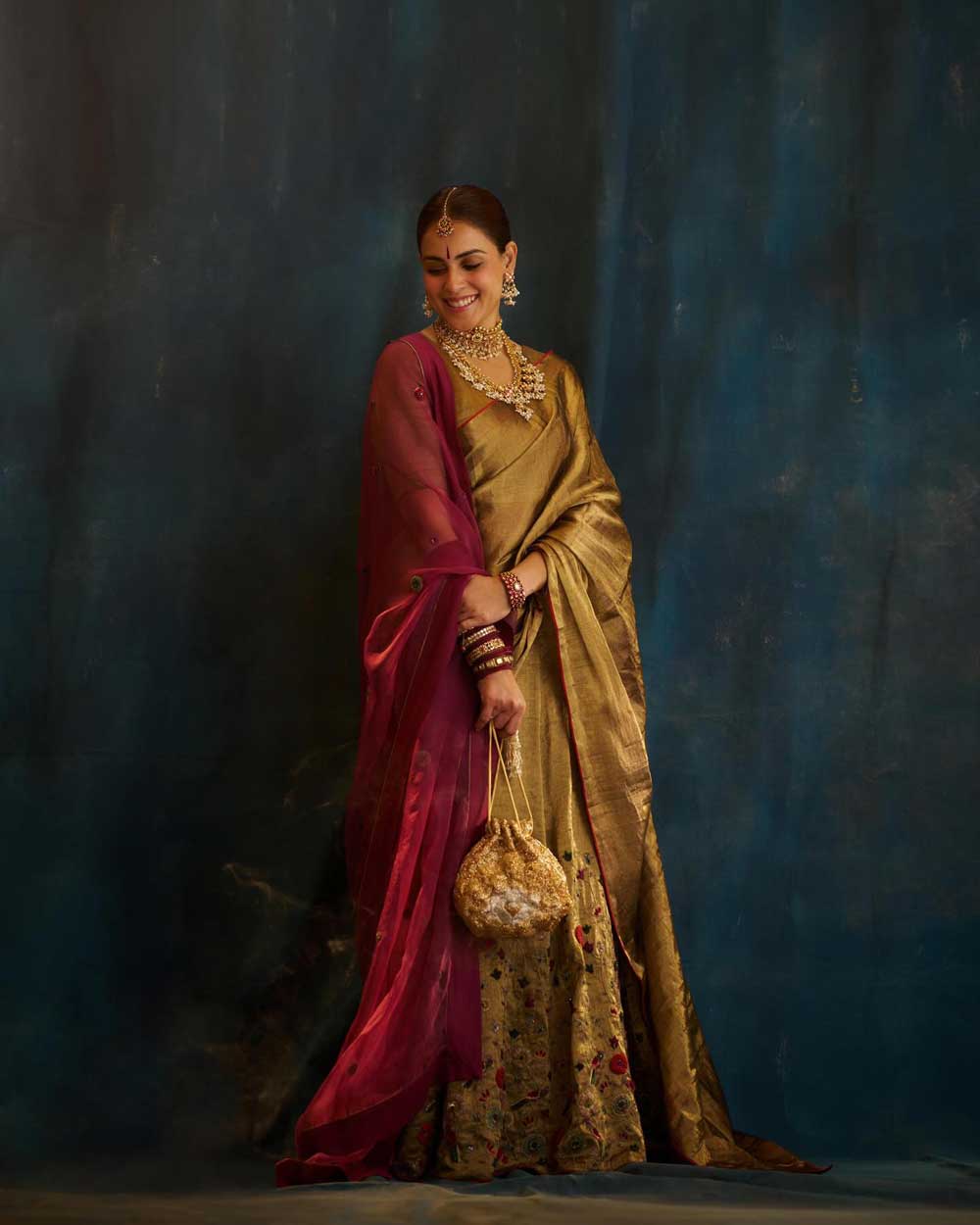
Image Source: Instagram/anavila_m
Anavila is a pioneering fashion brand known for its understated elegance, specializing in handcrafted linen saris that celebrate simplicity, sustainability, and the beauty of Indian craftsmanship.
Shanti Banaras

Image Source: Instagram/shantibanaras
Shanti Banaras is a luxury label renowned for its intricate handwoven Banarasi saris, blending traditional craftsmanship with modern elegance to create timeless pieces that embody the heritage of Varanasi.
Urvashi Kaur

Image Source: Instagram/urvashikaur
Urvashi Kaur is a contemporary fashion brand that seamlessly merges artisanal techniques with modern aesthetics, creating sustainable and globally inspired collections that celebrate India's rich textile heritage.
Eka

Image Source: Instagram/ekaco
Eka is a contemporary fashion brand that embraces minimalism and craftsmanship, offering thoughtfully designed, artisanal clothing that reflects the beauty of simplicity and timeless elegance.